Inflammatory arthritis always secondary to another condition. There are often nail changes present such as yellowing and pitting. It is asymmetric and can affect small and large joints. There must be involvement of a particular skin condition for it to be diagnosed.
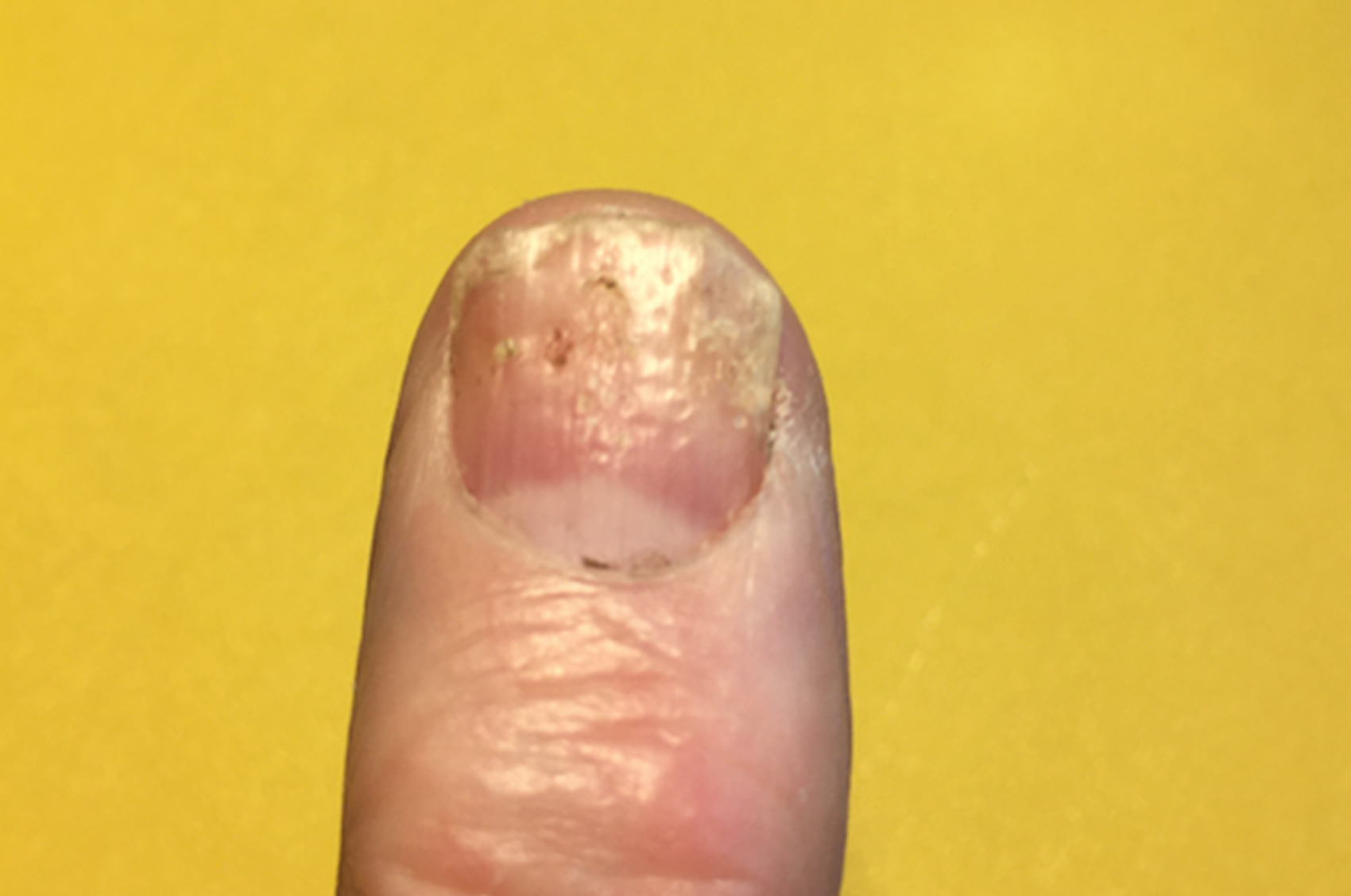
Psoriatic Arthritis
Affects only one joint and the joint is swollen, hot, tender and movement causes severe pain. It will usually be a sudden onset. Risk factors for patients developing this is if they are immunocompromised or if they are a IV drug user. A joint aspiration is crucial for confirming the diagnosis.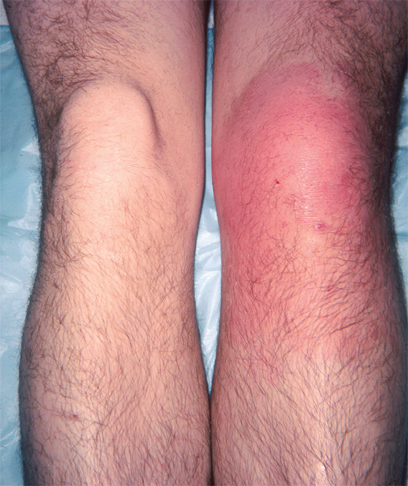
Septic Arthritis
The patient will present with pain, stiffness and swelling with crepitus is often present. Bony nodes can be present in the distal and proximal interphalangeal joints. The joint involvement is usually asymmetric. This disease is strongly linked to increased age, manual labour, obesity and repeated trauma to joints. Patients often report pain is worse by the end of the day.
Osteoarthritis
Classically the 1st metatarsophalangeal joint is affected however, other joints can also be affected. It is asymmetric and in the affected joint there will be heat, pain, redness and swelling. The patient may have tophi present on tendon surfaces or in the ear. The symptoms will come on in excruciatingly painful attacks which may last up to 3 weeks before resolving.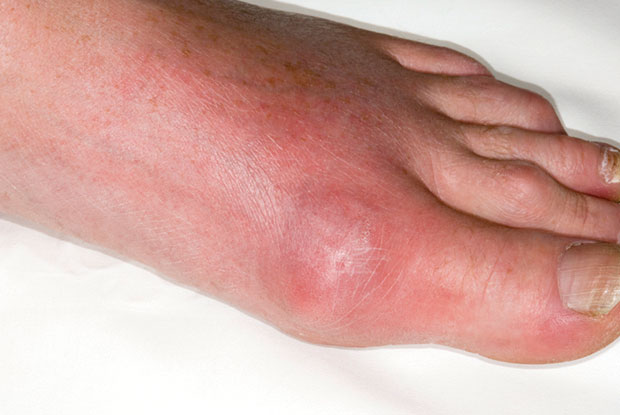
History of pain, swelling, and morning stiffness for at least 30-60 minutes. Joint involvement often symmetrical. More often affects small joints causing permanent deformities if untreated. People also can present with carpal tunnel syndrome and can even go on to develop pericarditis.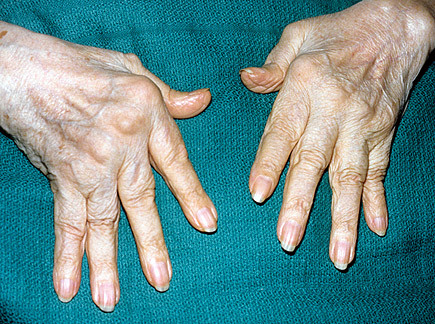
Rheumatoid arthritis
A patient will often present with multiple joint involvement in an asymmetrical pattern mainly occurring in the larger joints of the lower extremities. This is most common in patients aged between 20 and 40. Important features to not miss would be genitourinary symptoms often similar to that of a UTI and also symptoms in the eye (see picture)
Reactive arthritis
Caused by trauma, there will be swelling and erythema around the joint sometimes accompanied by bruising. Most commonly in fingers and ankles. At the time of injury there can often be a popping sound. On examination there will not be crepitus or joint deformity.
Sprain
The patient will present with swelling and pain around the joint (sometimes) which can make the joint difficult to use. The pain often be a persistent ache which continues into the night. These symptoms are often accompanied by unintentional weight loss and night sweats
Bone Tumour
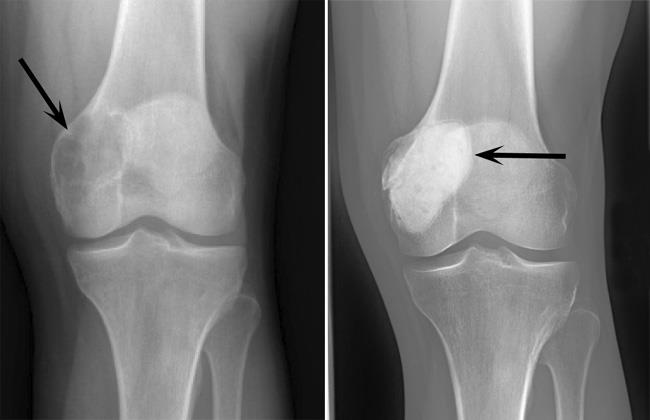
Patients often present between the ages of 20 and 30 usually with persistent back pain that gets better with exercise. These patients can also present with persistent chest pain on inhalation and buttock pain. These patients also often have chronic fatigue.

Ankylosing Spondylitis
Initially patient can present with a range of symptoms including fever, neck stiffness muscle and joint pains. After these symptoms resolve patients can then present with acute attacks of arthritis particularly in the knees which can last months before resolving. A key clue to identifying this disease is to ask the patient if they have ever had this distinctive red rash.
Lymes Disease
Involves one joint, can be caused by trauma however people with certain conditions are more prone to this without a traumatic cause. The joint will be visibly deformed. There will be numbness or tingling and the joint will be swollen or discoloured with the patient having a limited ability to move the joint.
Dislocation
The patients will often be elderly and present with moderate, fast onset pain in a large joint such as a knee. There will be swelling around the joint. Usual treatment for these patients is rest and NSAID's.
Pseudogout
The patient will often present with pain in the temporomandibular joint whilst talking and chewing. This is often accompanied by severe headaches and acute vision loss in one or both eyes.
Temporal Arteritis (Giant cell arteritis)
These patients present with a range of symptoms including joint hypermobility, joint pain, digestive issues and occasionally problems with internal organs such as organ prolapse. These patients also often have stretchy skin which scars in an atypical way.

Ehlers-Danlos hypermobile type
Patients will often present with chronic pain all over but this pain can be worse in certain areas such as the neck or back. These patients fatigue quickly and often suffer stiffness in the morning after being in the same position for a long period of time. Many people with this condition also develop insomnia and IBS.
Fibromyalgia